"Images of Nissan's front wheel drive Le Mans prototype have been bouncing round the web since it aired at the Superbowl commercial break. And everyone knows how expensive that piece of advertising real estate is. Testament, that, to the importance "

4×4: For or Against?
4x4 technology is more popular than ever. A function that’s more commonly seen in the SUV.
There’s been a trend over the last decade of manufacturers jumping on the SUV and crossover band-wagon, with Lamborghini more recently succumbing to said market, but what’s so special about 4×4? Danni Bagnall investigates.
The number one reason for purchasing a 4×4 is bad weather. However, if you’re in the market for a 4×4 it’s often hard to know where to begin.
First and foremost, let’s just clarify the differences between four-wheel drive and all-wheel drive:
Four-wheel drive
Much like the Suzuki Vitara ALLGRIP, traditional four-wheel drive vehicles spend most of their time in two-wheel drive format, unless a real need for added traction crops up. Modern cars, such as the Vitara, often come with a selector which gives you different settings, allowing you to change the set-up based on the conditions. Generally a part-time system and meant only for use when traction is low, four-wheel drive dips in and out of power being sent to all four corners. Perfect for those that don’t necessarily need all-wheel drive all of the time.
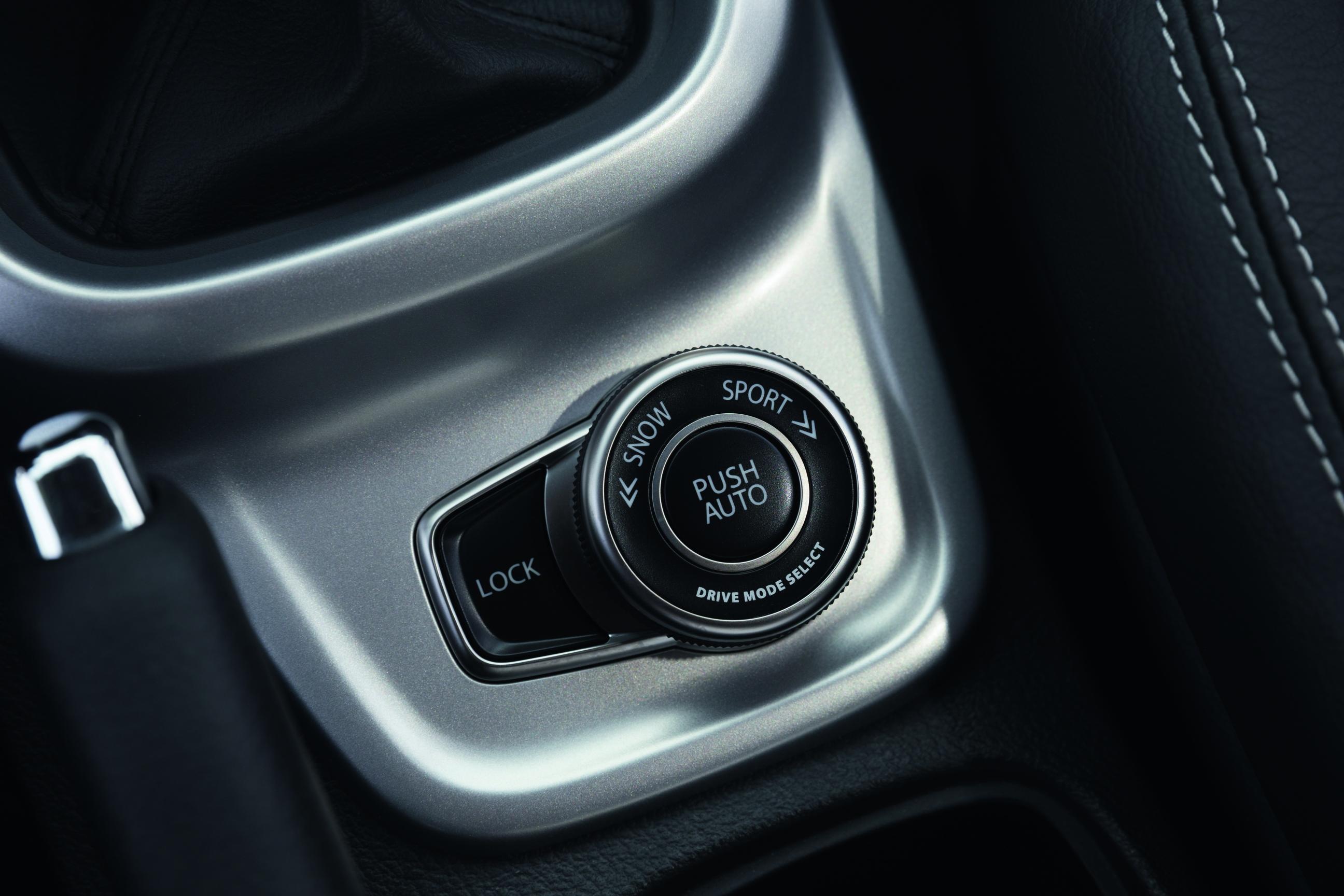
All-wheel drive
Take the Subaru Forester, for example; it uses permanent four-wheel drive. Meaning that power is sent through the gearbox to a central differential which splits the power evenly to the front and rear axles, which then go on to distribute it to each wheel.
When a vehicle’s power is sent to all four corners as opposed to the front or back, drivers will gain more traction on the road, no matter the terrain or weather conditions. This probably isn’t something that your average Joe Bloggs needs on a daily basis. Farmers and those that live out in the sticks, however, might find it hugely beneficial. If you’re a city boy or girl, the need is not so great.
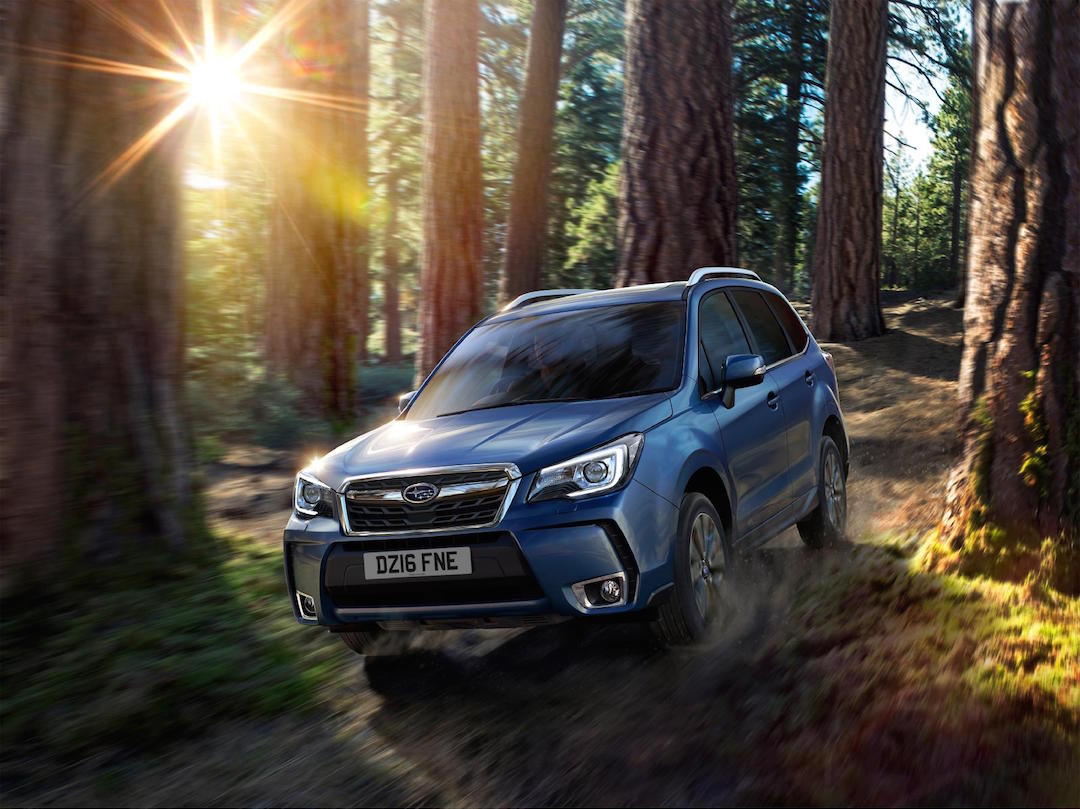
The first ever 4×4 vehicles were tractors and gun tractors at the turn of the 20th Century and today off-road cars still tend to be those larger SUV/crossover type models. The main use for 4×4 technology is when off-road; if one wheel were to get stuck the technology gives access to three other wheels to help it out of its predicament. Imagine an all-wheel drive car producing 200bhp, power would be distributed evenly between four wheels, meaning 50bhp at each corner, as opposed to 100bhp to each wheel in a two-wheel drive model. This distribution of power and torque means that there’s less chance of wheel spin when on the move.

All-wheel drive technology isn’t just for the SUV, though. Yes, bigger cars are experiencing an increased fashion status these days, with drivers preferring the dominant height and seating position, but performance-focussed cars such as the Nissan GTR Nismo adopting a four-wheel drive system translates into impressive figures indeed. The added traction results in a very impressive launch from standstill, with a 0-60mph of 2.5seconds. To put that into perspective, the Ferrari 488 weighs 350kg less than the Nismo model and offers 70bhp more power, yet has a 0-60mph of 0.5seconds slower… So, the moral of the story is; you can have all the power in the world, but if you can’t put it down, what’s the point?!
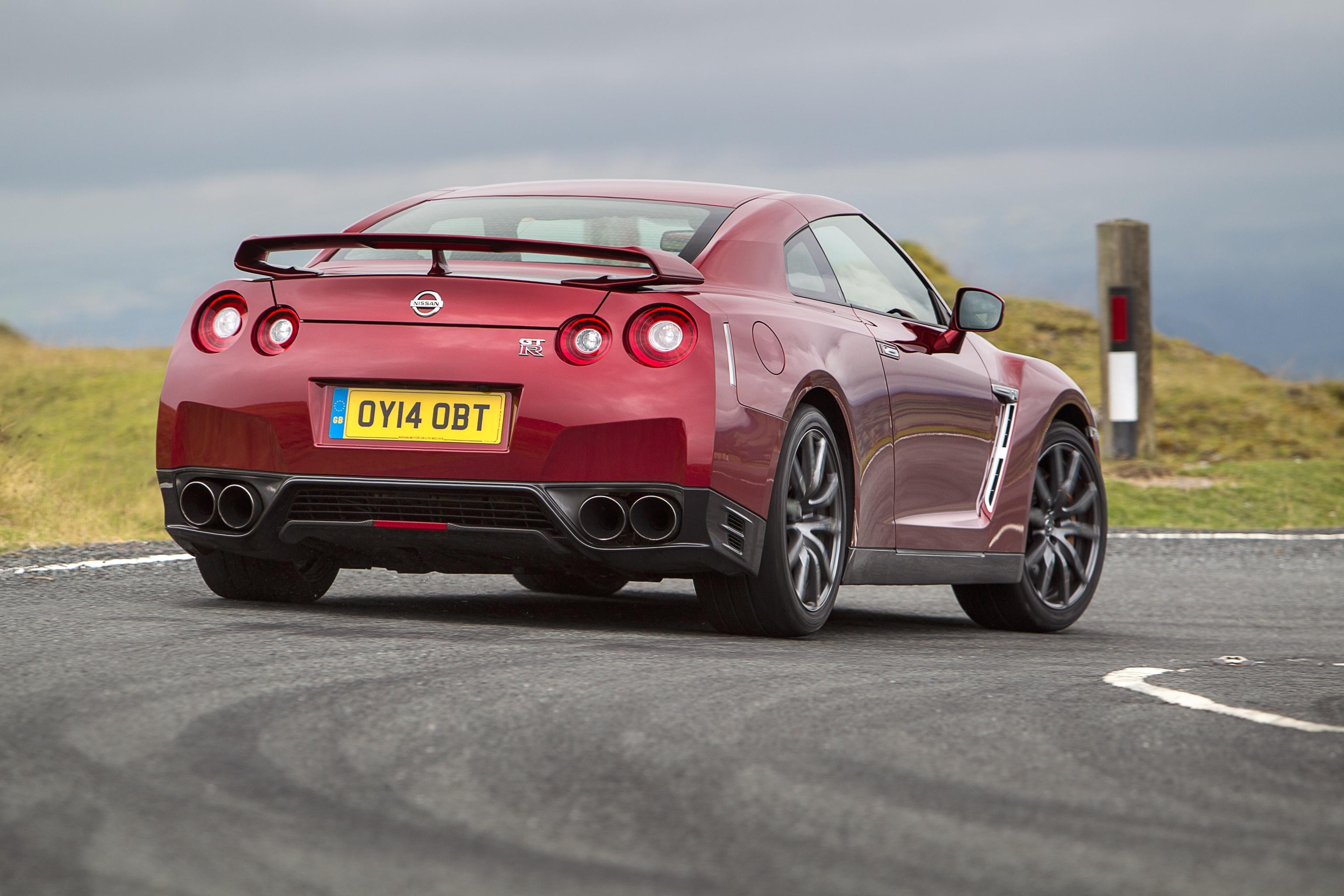
Take motorsport, for example. Audi transformed the World Rally Championship in 1980 with the introduction of Quattro technology. The traction available from the all-wheel drive system made the car more obedient through the different rally stage terrains. 23 wins and two world championships over a five-year period is testament to that.

Modern day all-wheel drive systems are complex; there are so many varying degrees of the technology across the market. 4×4, ALLGRIP, 4Motion, Quattro; manufacturers have their own code names, but the rule is always the same and that’s to achieve more traction through the use of all four wheels. Enabling the maximum amount of grip possible at any one time. A number of factors will determine how much power is sent where. Often; the sportier the car, the greater ratio of power will be sent to the rear of the car under normal driving conditions.
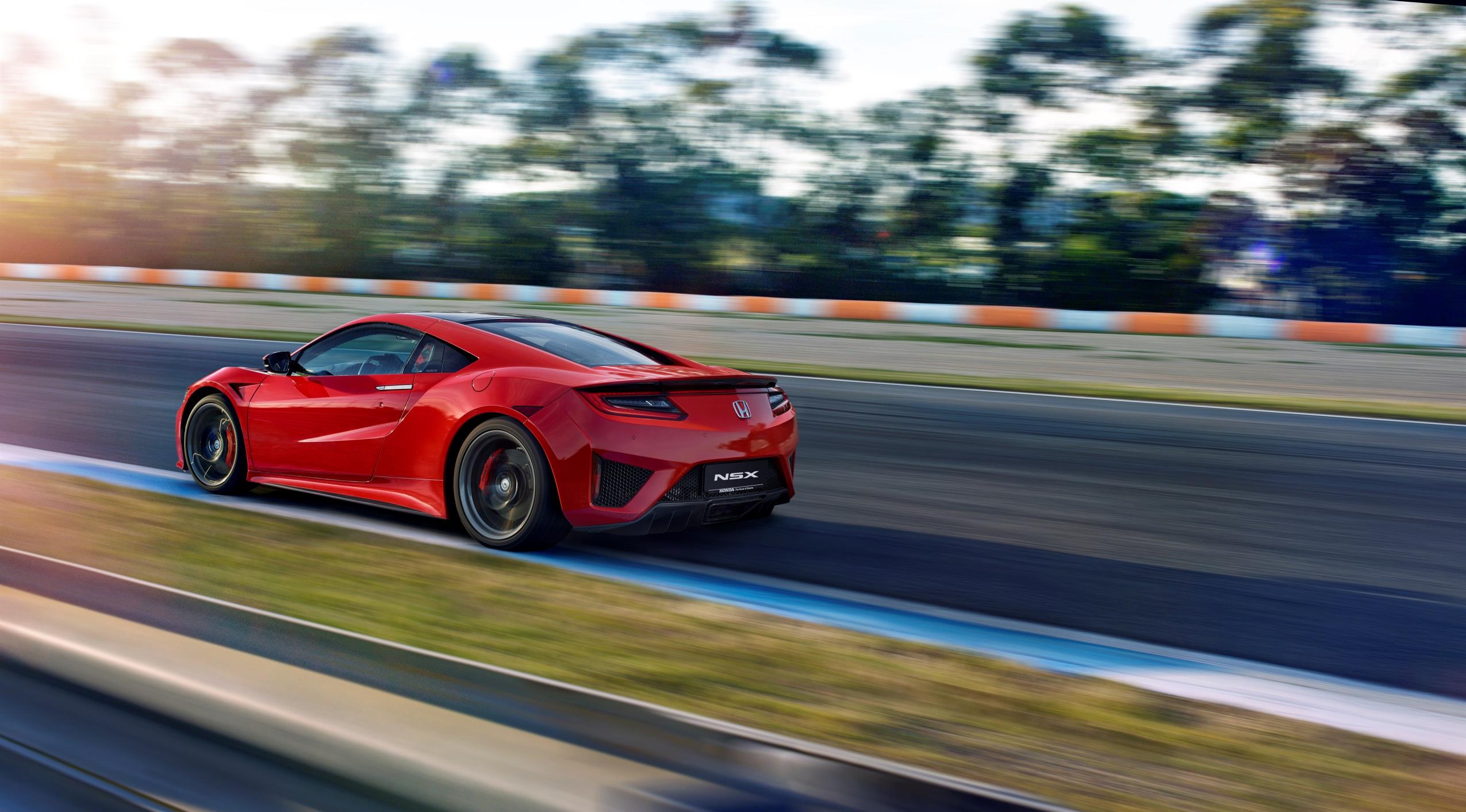
More energy is used in the distribution process, though, and the added technology and weight doesn’t come cheap. The car in the first instance is more expensive, due to added tech and it’s also more expensive throughout ownership; higher emissions means higher tax costs, while added weight means less efficiency and, thus, more trips to the fuel station!

SUVs come under scrutiny from the environmentally conscious, too, often portrayed as gas guzzlers. The bigger the car; the more weight and fuel it’ll burn. Safety is also questionable. Great for the driver – those inside the 4×4 are safer than ever – not so great if you’re a smaller car or pedestrian hitting it. Manufacturers are, however, looking into the development of ‘sacrificial structures’ which absorb the energy on impact, with much progress might we add. And Government targets will also inevitably mean further changes to 4×4 technology; emission and pollution cuts will force changes, diminishing much in the way of the disadvantages of purchasing a 4×4.
We all know how much technology changes in just a decade, so it’ll be interesting to see how the 4×4 looks in another decade…
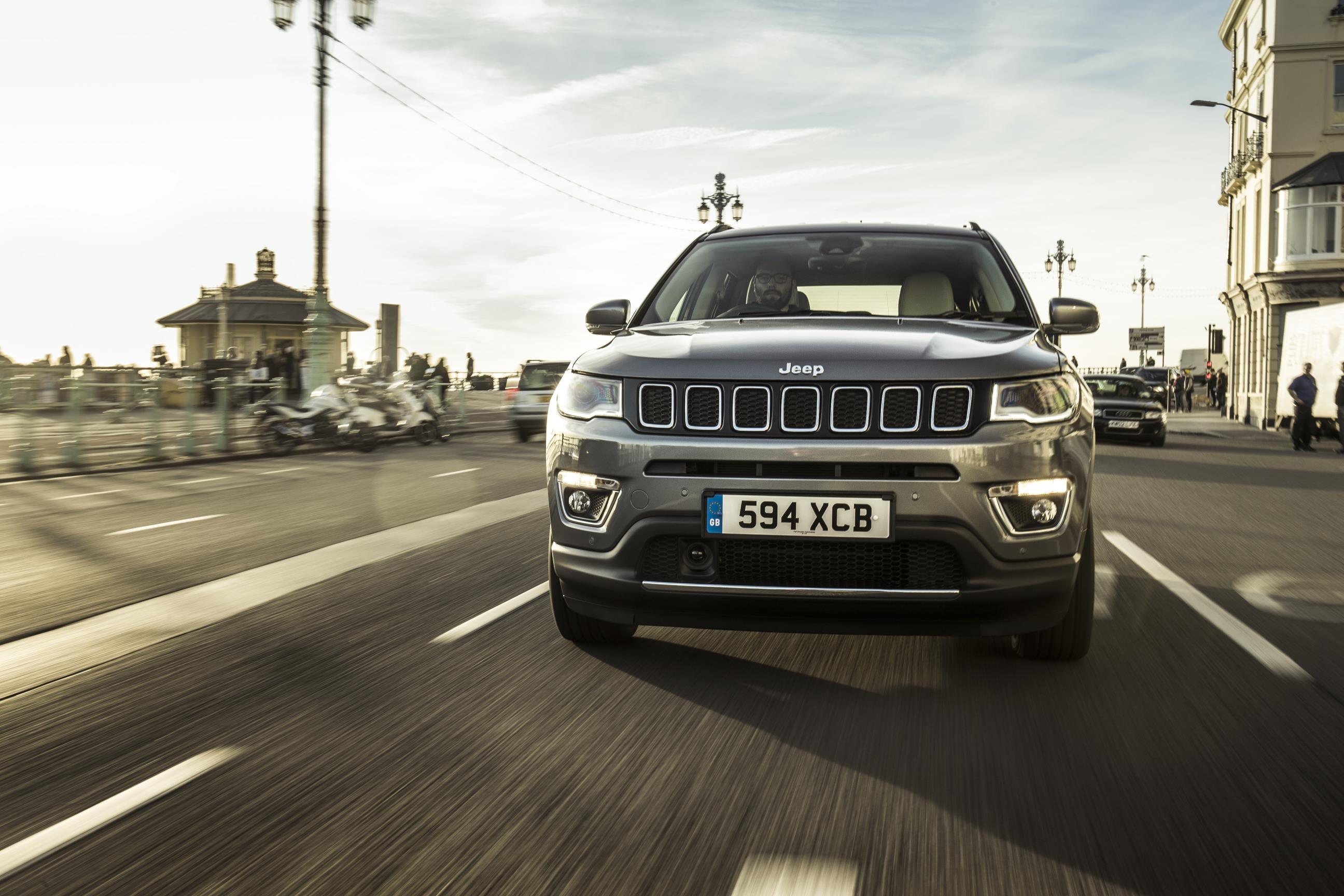
Advantages to 4×4:
- Added grip and stability.
- Quicker off the mark, aiding performance.
- If it’s 4×4 in a large vehicle, then there’s added safety.
Disadvantages to 4×4:
- Cost; added tech equals more cost.
- Inefficient; added cost with higher CO2 emissions / bad for the environment.
- Added tech equals added weight meaning higher running costs.
- More unsafe for others.
CLICK TO ENLARGE










